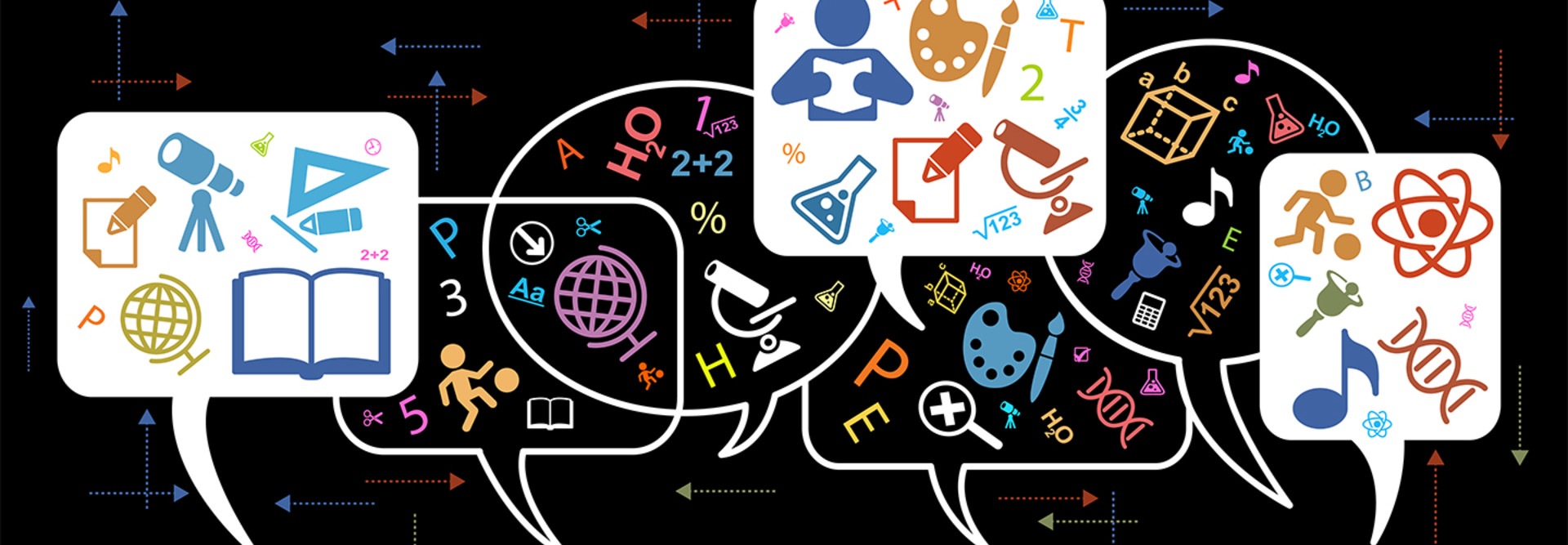Inspiring the Next Generation of Innovators Requires Cultural Change
Imagine that playing football well was deemed an urgent national education priority. Under the current U.S. educational system, the next step would be to devise a football curriculum.
The youngest children would be shown pictures of people playing football. Then they would read textbooks explaining football and its rules, followed by tests about what they had just read.
This would go on in various forms for several years until, perhaps by middle school, the children would be allowed to go outside and start playing.
If this scenario sounds nonsensical, that’s because it is. But it’s not so different from how we try to educate America’s children in science, technology, engineering and math (STEM).
Try asking a 17-year-old if he or she has ever used trigonometry to do anything in real life, and see the blank stare that follows.
This realization is part of what inspired me to start FIRST (For Inspiration and Recognition of Science and Technology). By having kids tackle hands-on STEM challenges with real-life applications, FIRST helps kids realize that engineering and problem-solving are fun and rewarding.
Combining STEM and Excitement Can Lead to Future Success
Launched three decades ago, FIRST has grown to impact millions of K–12 students in more than 80 countries around the world. Young people learn gracious professionalism, teamwork, problem-solving and other life skills.
In the process, we’re helping inspire a generation that could include the next researcher who cures cancer or engineer who invents an engine that doesn’t pollute the environment. By challenging and inspiring students, FIRST is changing our culture and cultivating future innovators who will use their passion for discovery to fuel America's economic engine.
Schools Must Leverage Partnerships to Build Up STEM Programs
In this respect we have no time to waste. According to the Program for International Student Assessment (PISA), U.S. students rank in the middle of the pack in global comparisons and behind most other advanced nations.
For example, in the latest PISA, the U.S. ranked 40th in math and 25th in science.
STEM-related jobs are also in abundance and growing, with healthy salaries to boot.
But FIRST students don’t just want jobs, they want careers. They want to make a positive impact on the world.
Learning to build robots and solve real-world problems gives students useful skills for a career in technology and provides them with invaluable tools for life. In fact, it’s the only “sport” where every kid can turn pro.
Organizations like FIRST, however successful, can’t do it alone. Support from parents, communities and the public and private sectors is essential.
One of our most generous — and active — supporters, for example, is Boeing. Having just celebrated 100 years in business, the company is looking to inspire the next generation of aerospace pioneers for its second century.
In the past year, over 500 Boeing employees have mentored more than 7,000 students in FIRST teams. Support of FIRST is consistent with Boeing’s approach to corporate citizenship. This goes well beyond dispensing grants and writing checks. It’s being a full and active partner.
The example at Boeing has been set by the company’s CEO, Dennis Muilenburg, a career aerospace engineer who helps shape FIRST in countless ways, not the least of which is being a member of our board of directors.
Today, we have hundreds of thousands of talented and passionate engineers mentoring and teaching students. Their dedication reminds me that, when given the opportunity, people will rise to the occasion in ways that are sure to surprise and also, most importantly, to inspire.








